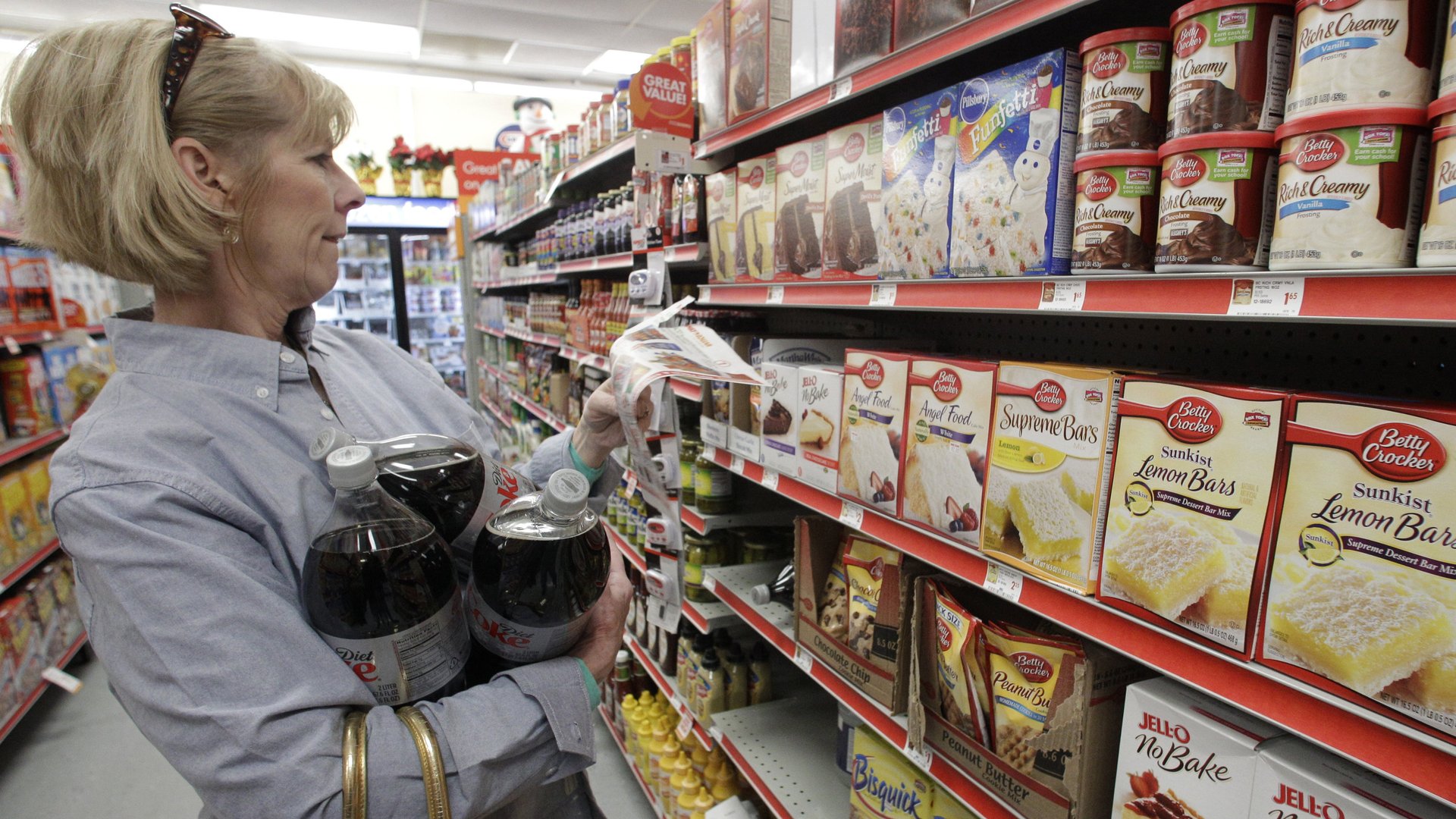Who’s really going to feel the brunt of the fiscal cliff: America’s poorest
When people talk what the fiscal cliff could do to America, they’re usually talking about Wall Street. Higher taxes on companies and workers, dramatic spending cuts, uncertainty about the debt ceiling…all bad news for big firms and their management.


When people talk what the fiscal cliff could do to America, they’re usually talking about Wall Street. Higher taxes on companies and workers, dramatic spending cuts, uncertainty about the debt ceiling…all bad news for big firms and their management.
But it turns out that Main Street—and in particular, poor people—could take the biggest hit if austerity measures kick in at the end of the year. Tax hikes and benefit cuts would account for a larger share of these people’s total spending than for the better-off. And that could hurt companies like dollar stores and Wal-Mart, which depend upon budget customers.
Credit Suisse analysts led by Michael Exstein took a detailed look at how the expiration of certain policies it calls “unlikely to survive 2013” will affect people with the lowest incomes, in particular those that spend 100% of what they earn:
- They estimated that the typical household could see a 2% tax increase if legislators fail to extend the 2011 payroll tax cut into 2013. Exstein explains, “Raising taxes by 2% on the average household earning $40,000 per year would represent an $800 reduction in their paycheck. This tax increase would represent 2% of total expenditures (this consumer spends 100% of their income) and about 7-8% of more controllable expenditures like food, general merchandise, entertainment, apparel, etc., for this income group.”
- About 2 million people could also lose out if Congress fails to extend unemployment benefits for workers that have been out of a job for more than 26 weeks and up to 99 weeks. Congress initially extended benefits beyond the usual 26 weeks to deal with the fall-out from the financial crisis in 2008, but having been around for a while, they could be on the chopping block in fiscal-cliff negotiations.
Unlike the slightly more prosperous, who can exercise more flexibility in their finances, the poorest consumers will have to cut back to make ends meet if these policies go into effect. They, not the banks and big companies, will feel most of the pain—thought that will also translate into trouble for the retailers that serve them. Exstein concludes that these cuts—or even just the expectation of them—could decrease sales at Wal-Mart and dollar stores by as much as 3%-5% in the short term.